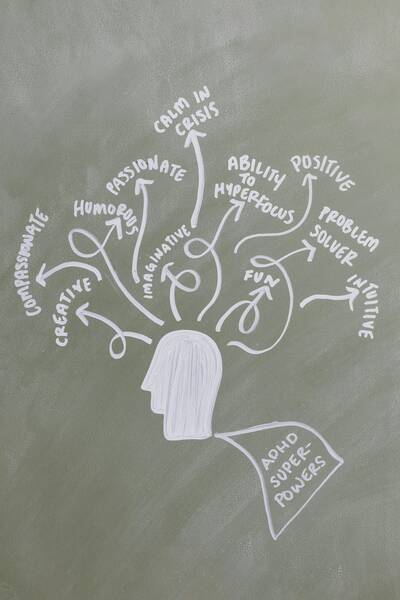Living with ADHD can be anything from mildly distracting to practically paralyzing at times, depending on the severity of your symptoms. Difficulties in executive functioning characterize this condition, so everything that has to do with prolonged focus, planning, and goal-setting is an everyday obstacle for you to overcome.
Needless to say, ADHD management can easily get overwhelming if you don’t have the right tools to help you along the way. This is where finding the perfect planner that fits your specific needs can be a game-changer in the way you approach the organization of your time and focus. Let’s talk about the ways you can maximize your potential by finding the ideal planner to support and manage your ADHD tendencies.
How can a good planner help you?
Let’s start with the biggest question – can a planner really make a difference in managing your short attention span and staying on top of repetitive and tedious tasks? Well, when you choose the right planner, it serves as a tool to compensate for these challenges, it gives you much-needed structure and consistency, and it helps you stay on track. The main goal here is to find the planner that will tick all your boxes, align your preferences with your needs, and give you a platform for effective and efficient ADHD management. Here’s what to look for:- Plenty of customization options. For your ADHD brain, flexibility is everything, and you want a planner that can give you exactly that. Whether it’s color coding, easily adjustable sections, or additional sticky notes, a little bit of personalization goes a long way, as it will make your planner both functional and engaging.
- Go for a simple design. Having an over-elaborate planner with a complex layout and too many features to choose from will end up forgotten in a desk drawer somewhere. You want your planner to be intuitive and easy to use because that will make it more likely you’ll use it on a daily basis. Elaborate designs will only make planning more stressful instead of taking the pressure off of it.
- Have plenty of room for notes. If you’ve been living with ADHD most of your life, then you know the constant hum of thoughts and ideas that occupy your mind. If you use a clinically-approved weekly planner for ADHD management, you’ll have a designated space to write down ideas as they come and leave them on the paper. This will let you clear your thoughts and keep your focus.
- Time blocking is the way to go. While setting a specific amount of time for all your activities during the day may not be the most glamorous strategy, it can be very effective in ADHD management. If possible, opt for planners with hourly slots, because they streamline your workload and minimize the possibility of multitasking, which is often the death of productivity.

















